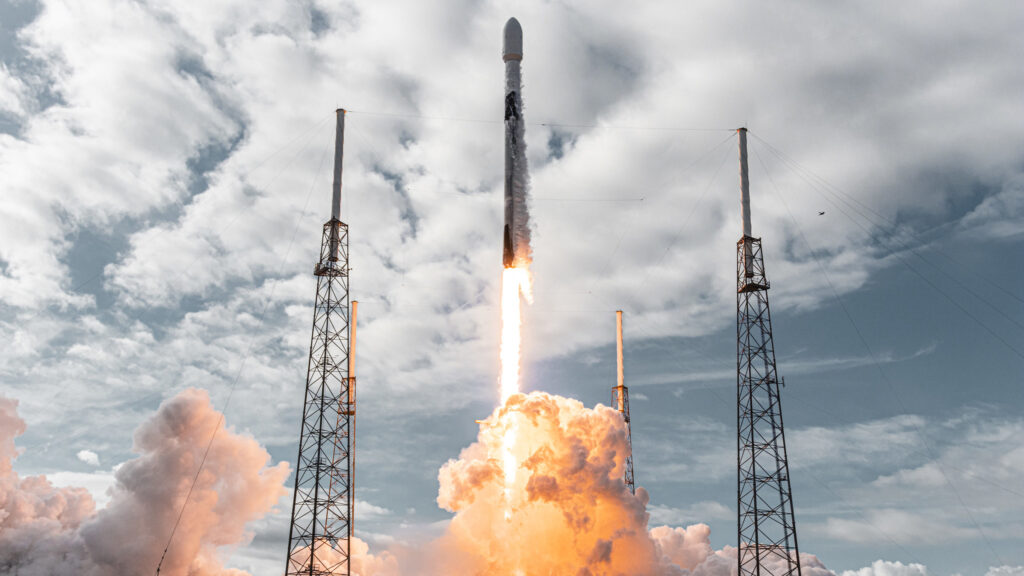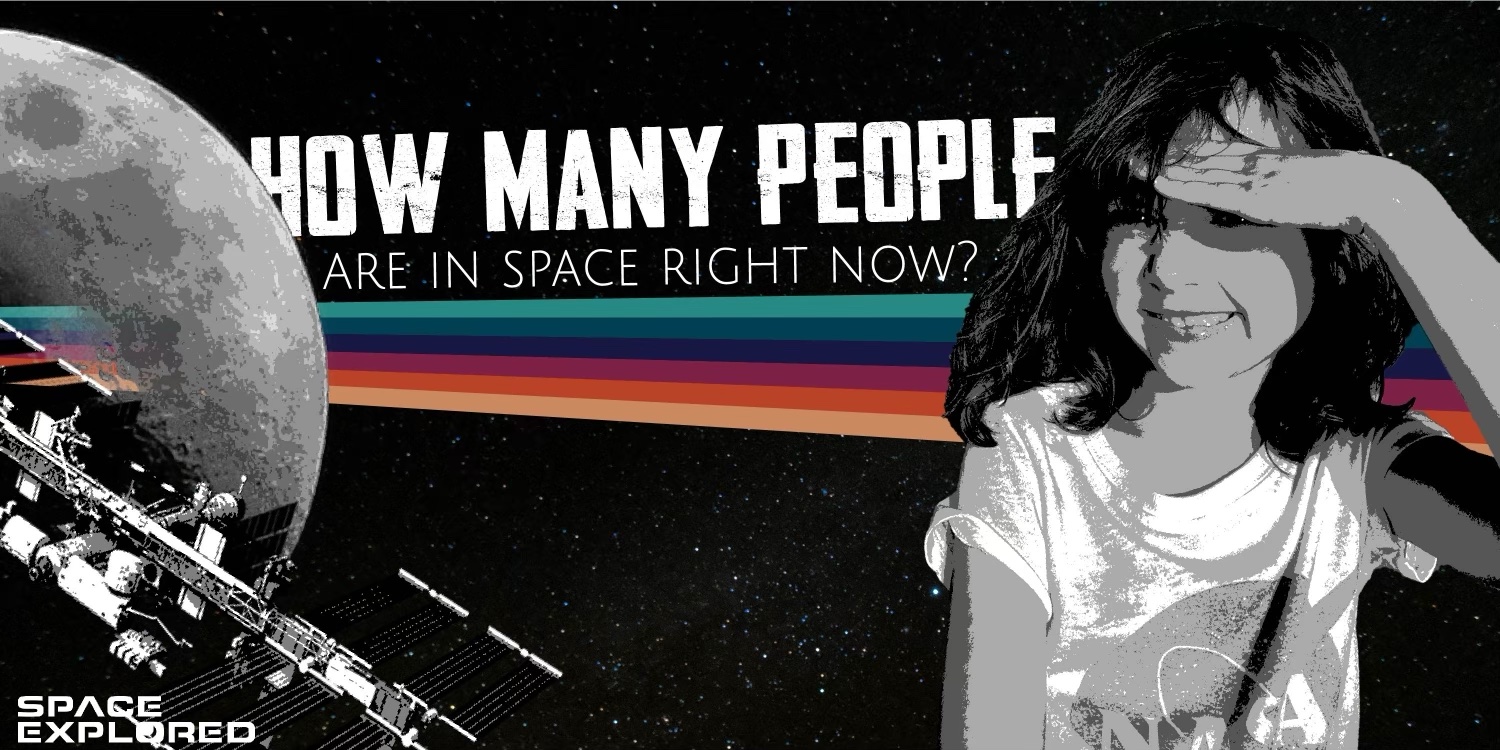

Astronauts on the ISS are conducting experiments in microgravity to learn more about the causes and potential remedies. It’s something humans may experience as they grow older and certain diseases may accelerate bone loss. The research done on the ISS also aims to benefit life on Earth. NASA astronauts Anne McClain (background) and Serena Auñón-Chancellor are pictured inside the U.S. The research they are currently conducting will help make these missions possible and safe. In the near future, astronauts will travel to the Moon and eventually Mars. All of this will be essential during deep space missions. Astronauts are also studying the effects of microgravity on muscle mass, eyesight and aging. One major focus right now is discovering ways to protect astronauts from radiation. Currently, the crew of Expedition 58 are conducting scientific experiments in areas such as life sciences, physical sciences, technology development, remote sensing and education. There are typically three to six astronauts aboard the ISS at a given time, and they may live on the station for six months at a time. Fifteen countries collaborated to build it and today, astronauts live and work in the ISS on a regular basis. The International Space Station (ISS) took 10 years and more than 30 missions to assemble, but it’s a constant reminder of what can be accomplished when you work together. If you see any problems with this tool, or any of our interactive observing tools, please send an email to. The gray oval shows where the satellite is presently above the horizon. You'll also see the ground track over the next hour at 5-minute intervals. It calculates upcoming passes and displays, in real time, where ISS or Hubble is over Earth. Sometimes an appearance or disappearance occurs well up in the sky when the satellite emerges into sunlight or slips into Earth's shadow, respectively.įor more information on satellite passes, take a look at our accompanying Satellite Tracker tool. Elevation" is how high the satellite will get above your horizon (90° is overhead). The "Departure" entries indicate where the spacecraft will be when it vanishes from sight. You should see a slowly moving "star" (weather permitting). To see the spacecraft, look in the direction indicated by "Approach" at the given time. "Duration" indicates the length of each sighting in minutes. When you look at the results, "Pass Start" is the instant the satellite first becomes visible and is listed for your time zone.

Each pass is centered on the screen, so be sure to note which direction you'll need to look for the satellite. The display's background is color coded to help distinguish between daytime, twilight, or nighttime observations. You can save your observing location for use at a later time. To change the location, select your country and city, or enter in your latitude, longitude, and time zone, and the observing tool will calculate potential passes over the next five days. Tool, which launches in a new window, you'll find predictions custom-generated for your location. Plan ahead for spectacular astrophotography opportunities, or just head outdoors and watch humanity's creations pass beside solar-system marvels. Will alert you if the ISS or Hubble is due to come within 10° of any naked-eye planet, the Moon, or the Sun. (Never attempt to observe the Sun without an appropriately filtered telescope!)Ĭalculate when the International Space Station or Hubble Space Telescope will be visible from your location, and find out what path the satellite will take across the sky as it passes overhead. Our Satellite Transit ToolĬan help you capture moments like these. Have you ever wondered how photographers manage to catch the instant that the International Space Station passes in front of the Sun or Moon? It's not luck - such shots take careful planning. Launch our Satellite Transit Tool! Giuseppe Pitrecca captured the International Space Station as it passed in front of the Sun.


 0 kommentar(er)
0 kommentar(er)
